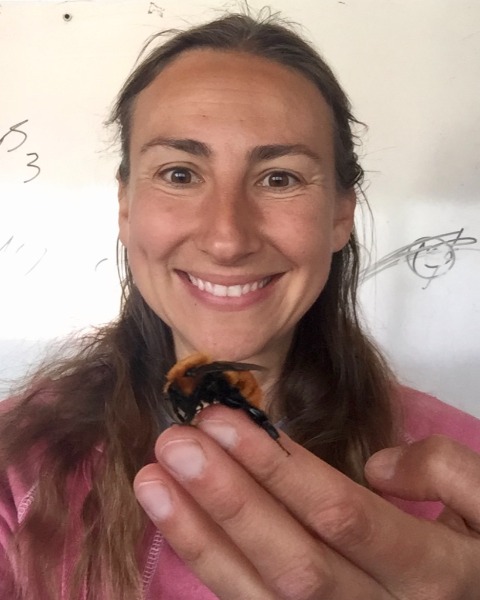Student 10-Minute Presentation Competition
Systematics, Evolution, and Biodiversity
Student Competition
Student
Undergrad 10-min Competition: P-IE and SysEB, Biodiversity, Conservation, and Pollination
Impact of non-native honey bees on wild pollinator reproduction
Monday, November 10, 2025
9:36 AM - 9:48 AM Pacific
Location: Oregon Convention Center, A106, OCC
- GV
Gweneth Voaklander
Iowa State University
Ames, Iowa 
Amy Toth
Iowa State University
Ames, Iowa
Presenting Author(s)
Co-Author(s)
Honey bees are an important part of modern agriculture. However, honey bee apiaries can contain thousands of individuals and are not native to North America. The introduction of this number of non-native bees may increase disease transfer and competition for resources with wild Hymenoptera. Although recent studies show no effect on wild bee communities on flowers, there is a knowledge gap relating to how non-native honey bees affect nesting success and reproduction of wild pollinators. To address this, we set up trap nests, which are readily used by some species of Hymenoptera, at sites with or without honey bee apiaries. Nesting material was collected every other week. Then, nesting material was removed to the laboratory, brood was allowed to develop, and nest contents were examined. Emerging adults were identified to genus and brood cells were counted to estimate reproductive output. Results suggest that honey bees may have negative impacts on nesting and reproduction of leafcutter bees in the genus Megachile. Interestingly, wasps in the genus Euodynerus had the opposite response. These data suggest nonnative honey bees can have different impacts on populations of different pollinator taxa, even when they use similar nesting resources.
.png)

